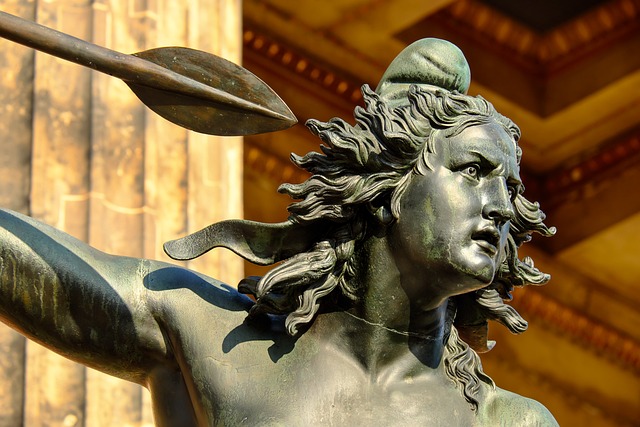Mastering the Art of Molding: A Sculptor’s Guide
Welcome to a journey where creativity meets tactile expression, where every touch of your hands breathes life into raw materials. As sculptors, we learn to embrace molding, not just as a technique, but as a powerful language that allows us to articulate our innermost thoughts in three dimensions.
The Essence of Molding in Sculpture
Molding is more than merely shaping clay, plaster, or other mediums; it’s about translating emotions and ideas into a physical form. As you dive into your sculpting practice, consider how molding can be a meditative process – a delicate dance between the artist and their medium. Each curve and contour crafted with intention transforms cold material into something profoundly personal.
Choosing Your Materials Wisely
The world of sculpture is rich with diverse materials, each offering unique characteristics that influence your molding process. Clay, a foundational medium for many sculptors, allows for intricate details and spontaneous adjustments. Meanwhile, plaster can lend a sense of permanence, capturing moments that might otherwise slip away. If you’re feeling experimental, consider modern options like silicone or resin. Your choice will define not only the aesthetics of your piece but also the tactile experience of molding it.
The Tools of the Trade
Any artist knows that the right tools can make all the difference. As a sculptor, your toolbox should be filled with a variety of sculpting tools, including loop tools, wooden ribs, and knives. Each tool serves a purpose, allowing you to explore the nuances of molding with precision. Don’t hesitate to customize your tools for a better fit in your hands; after all, ergonomics can empower your creative process.
Techniques to Master Your Craft
As you embark on your molding journey, familiarize yourself with some key techniques that will elevate your sculptures. Pinching is a fundamental technique in clay molding that allows for creating shapes directly with your fingers. Adding coils and slabs can add textural variety and structural integrity to your work. Experiment with combining these methods, and don’t be afraid to make mistakes; they often lead to unexpected beauty.
Embracing the Creative Process
Every sculptor will encounter phases of frustration and elation. These moments are integral to the molding process. Allow yourself to be vulnerable; it’s through this vulnerability that your best work will emerge. Don’t rush; let your hands move with the material. Trust your instincts, and remember that patience is as pivotal as technique in molding.
Showcasing Your Work
Once you have crafted your masterpiece, it’s vital to showcase it in a manner that honors your vision. Consider how lighting, setting, and presentation can enhance the viewer’s experience as they engage with your molded sculpture. This is the final act of the molding process—inviting the audience to connect with your creation on a deeper level.



